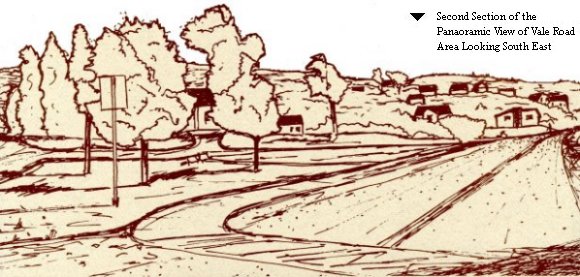
TO PICTOU COUNTY
During the last half of the 19th Century, Black citizens from Tracadie began to look for new opportunities for economic advancement. For many it meant leaving their farms to look for jobs in more industrialized areas. Pictou County, a growing centre of industry - forestry, fishing, mining, and manufacturing - was a natural destination. Slowly the Black population of the county began to grow. For the most part, newcomers settled in New Glasgow. Although the steel industry was based in Trenton, mining in Stellarton, Thorburn and later Westville, racial discrimination in those towns prevented Blacks from procuring housing near their place of employment. They were, however, able to find housing in certain selected locations in New Glasgow.
The homes of the new Black citizens were scattered throughout New Glasgow. Several families lived where the Royal Canadian Legion stands today. Others lived near the end of Jury Street, some behind what is now the Maritime Steel & Foundry, Vale Road, Resevoir Street and throughout the south end of town.
Many Black newcomers to Pictou County did find work, although it was often at the lower end of the pay scale. The Allen Shaft mining operation in Stellarton employed a number of Black men as did the J. W. Cummings Foundry (now Maritime Steel), the Dominion Wheel Foundry in Trenton and the Standard Clay operation near New Glasgow town. Quite a few men also worked in the woods "loading deal".
The women often got work cleaning and working in local homes. Often well-to-do Pictonians would have a room at the back of their homes for the housekeeper to stay. As the growing Black community worked hard to make ends meet, the difficulties faced in their individual lives began to bring them closer together as a community.
 |